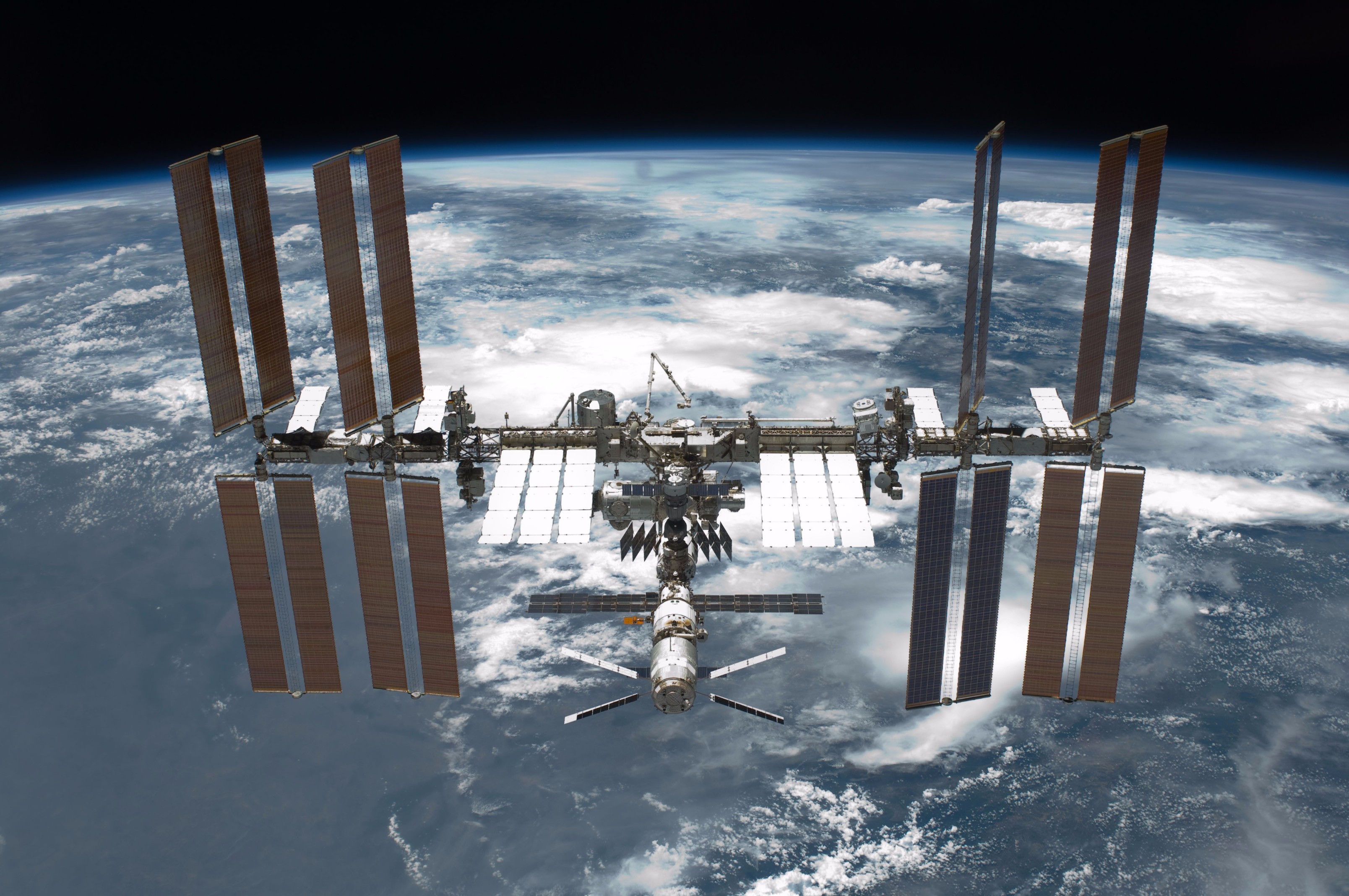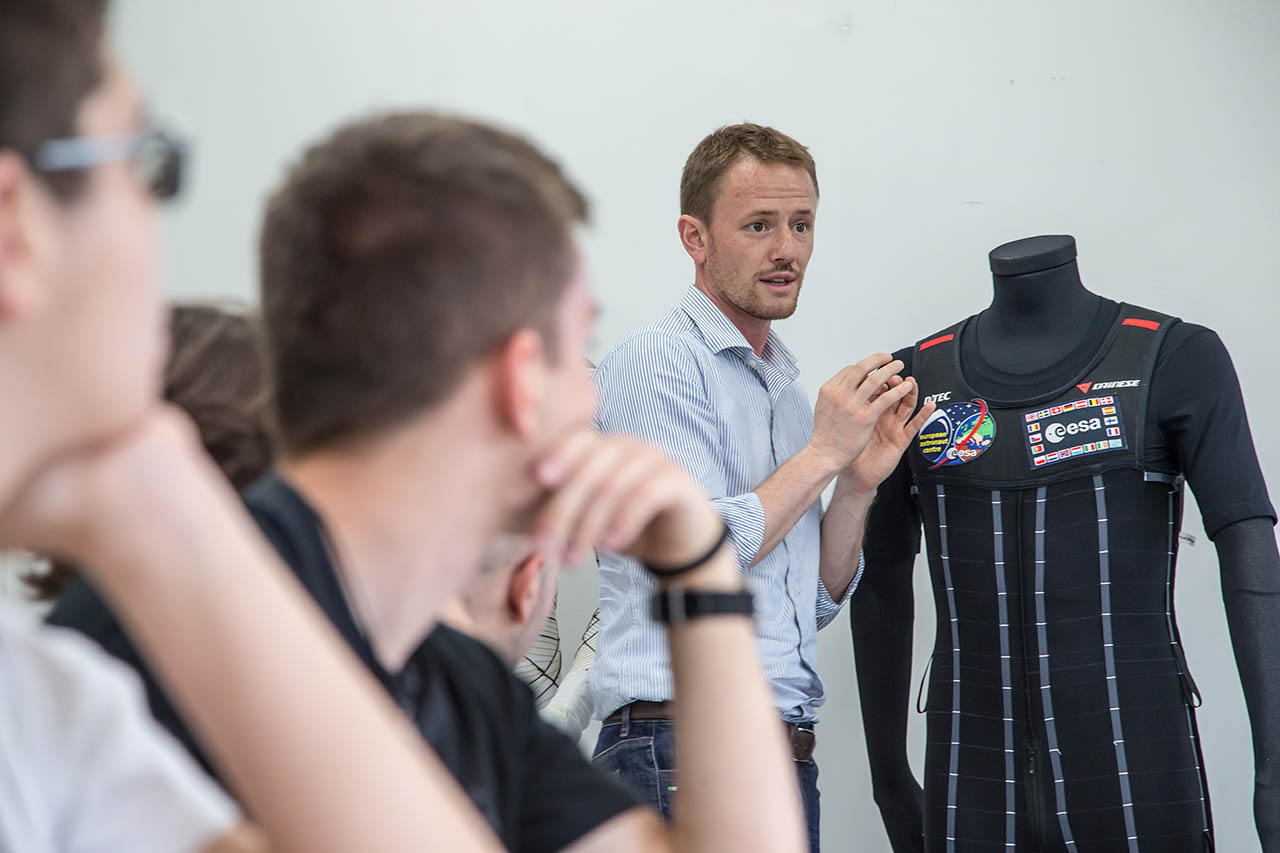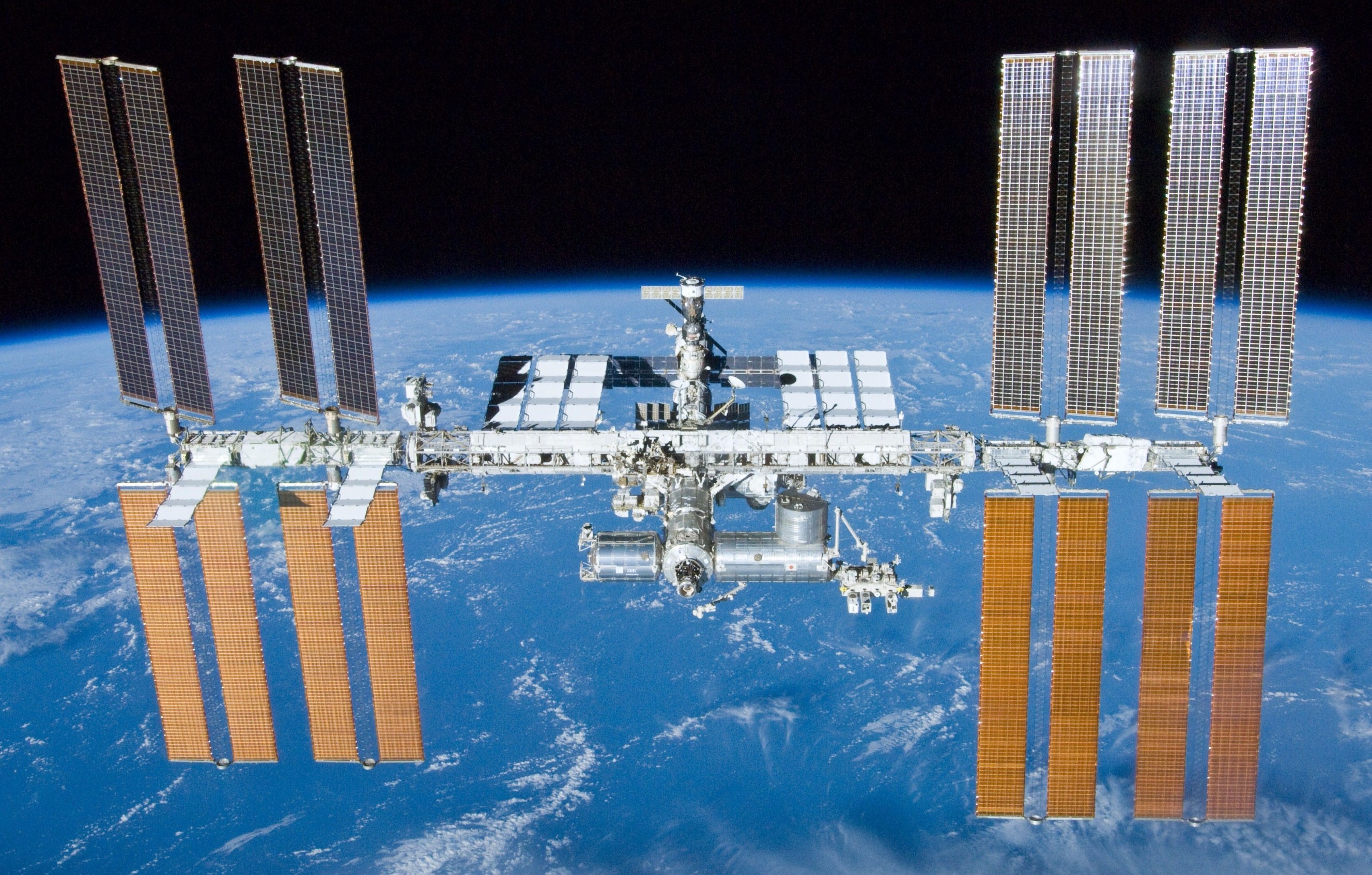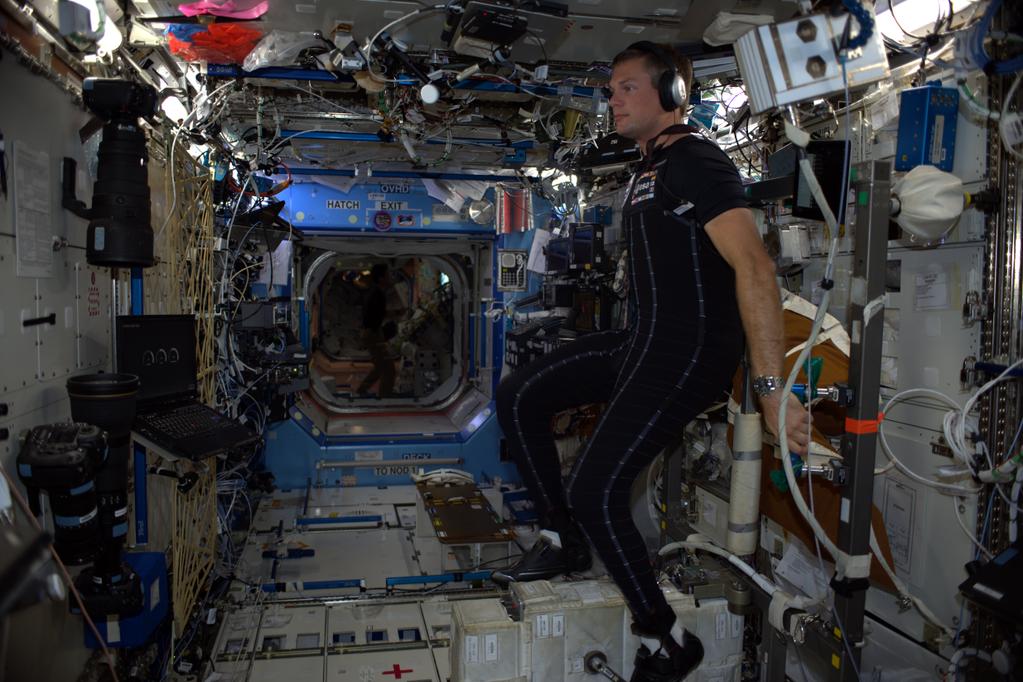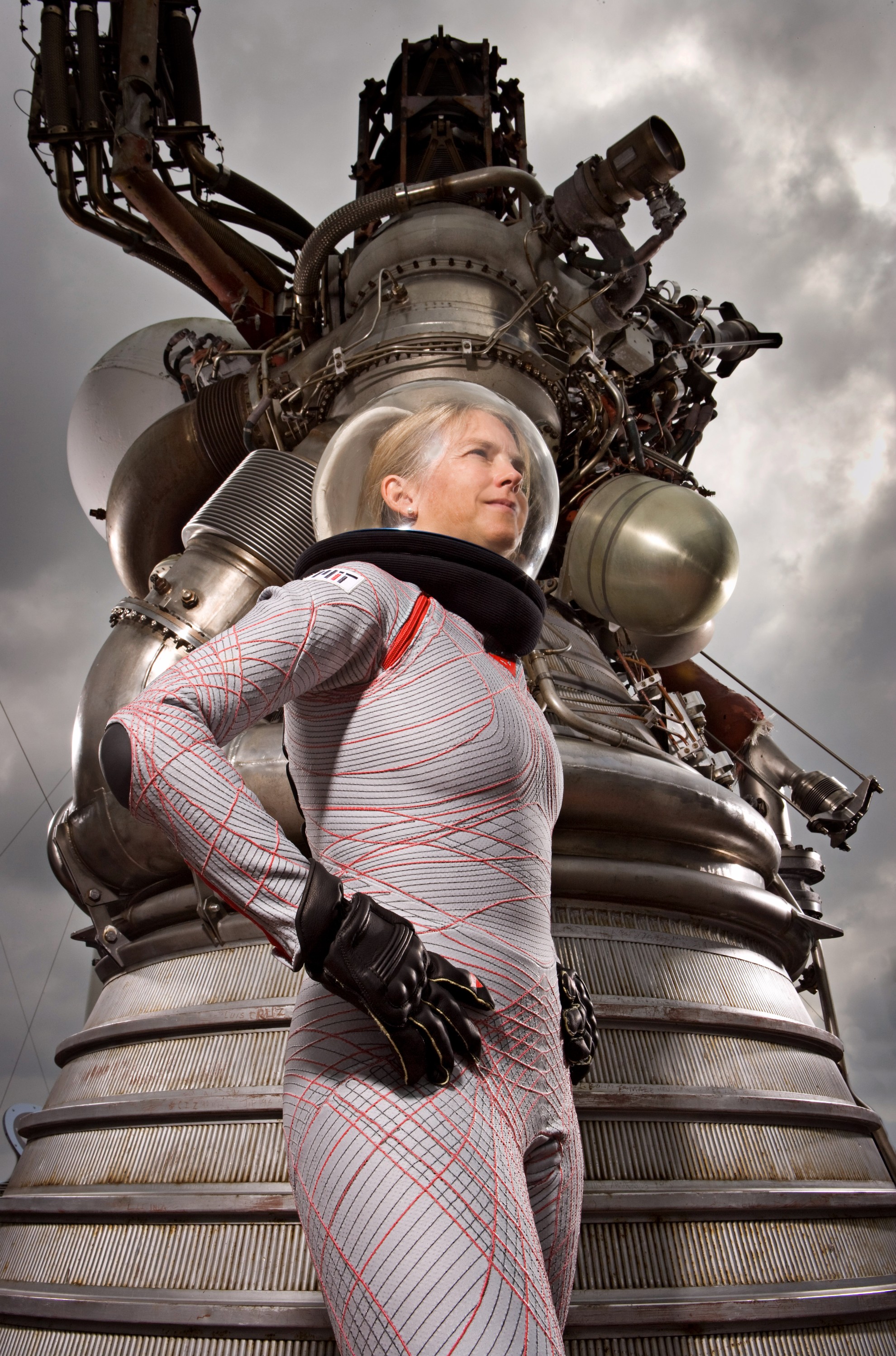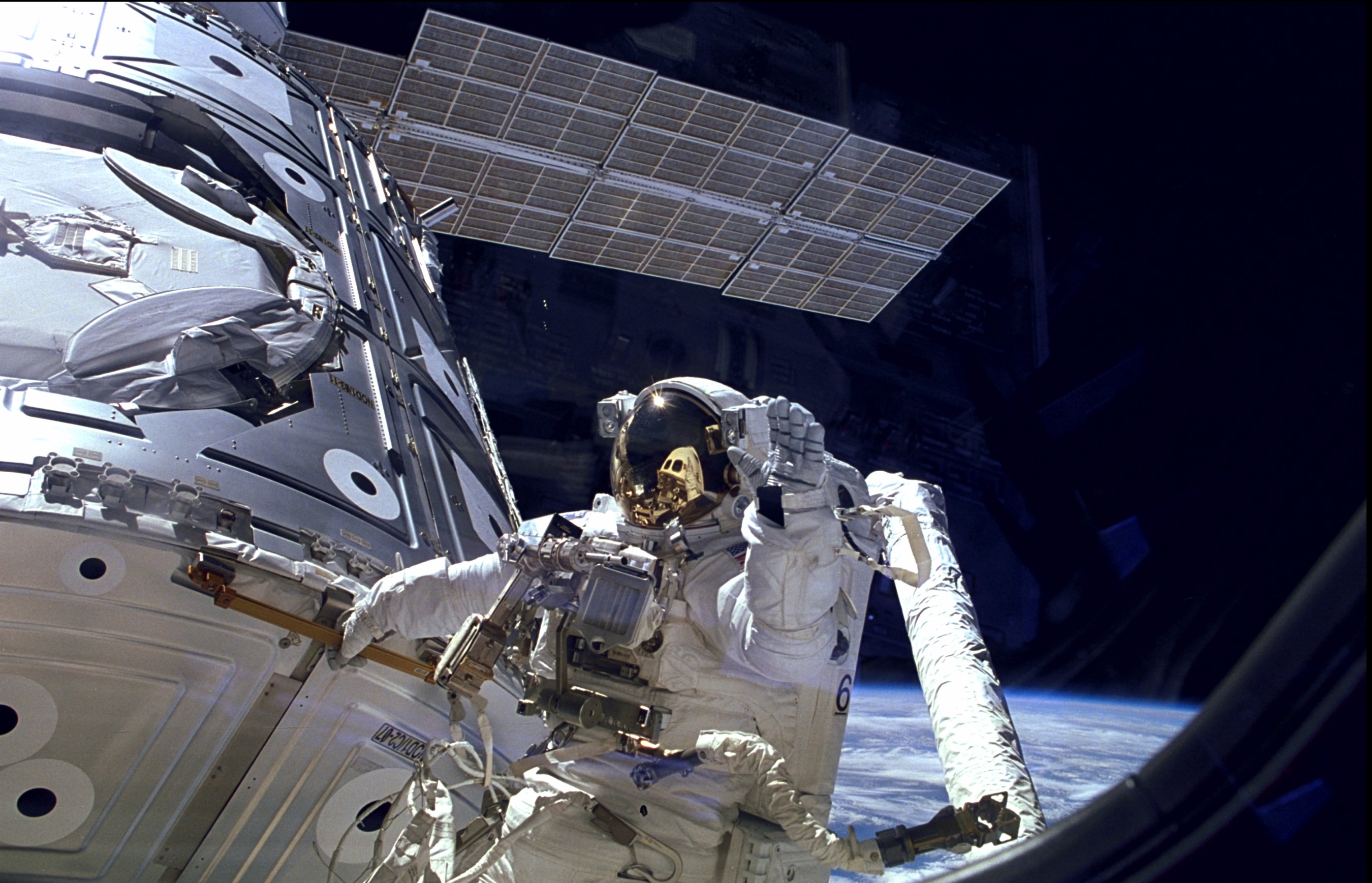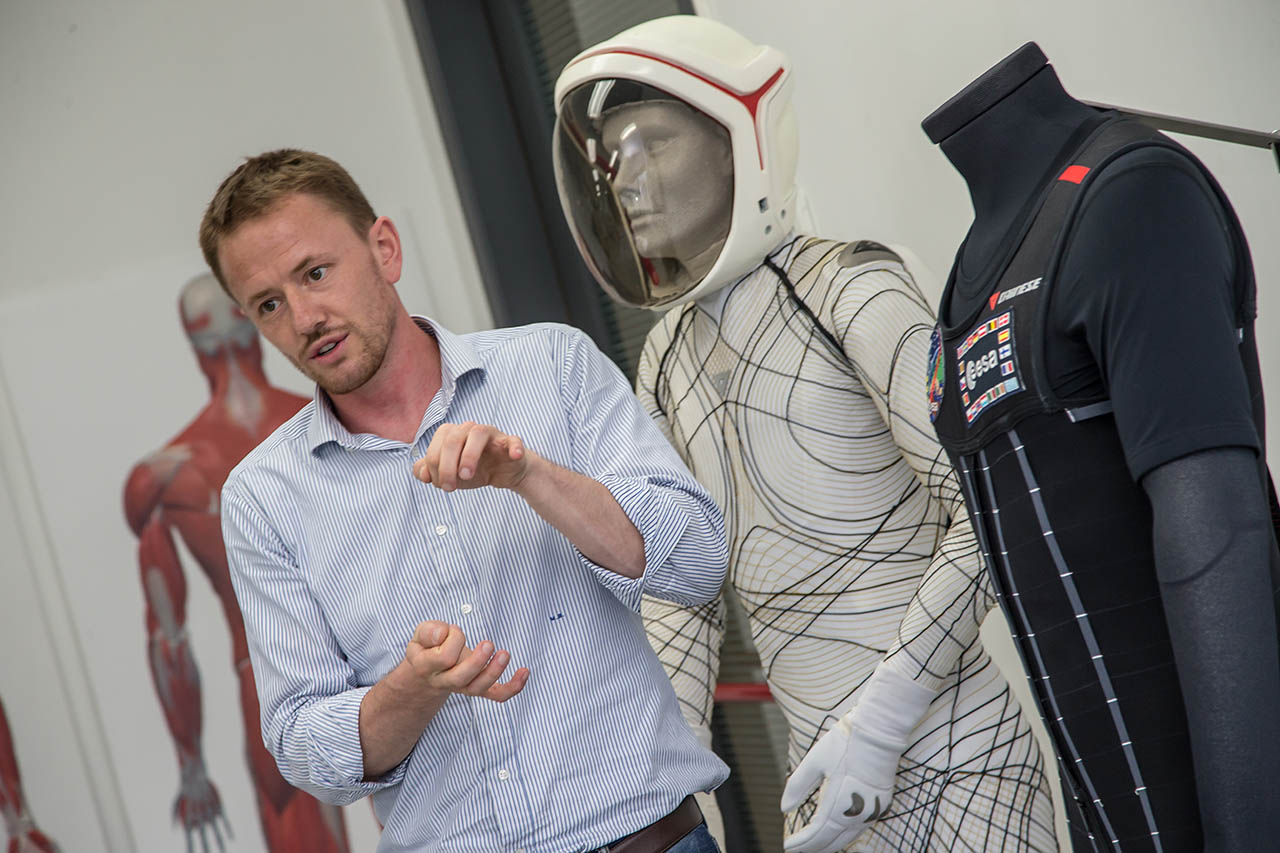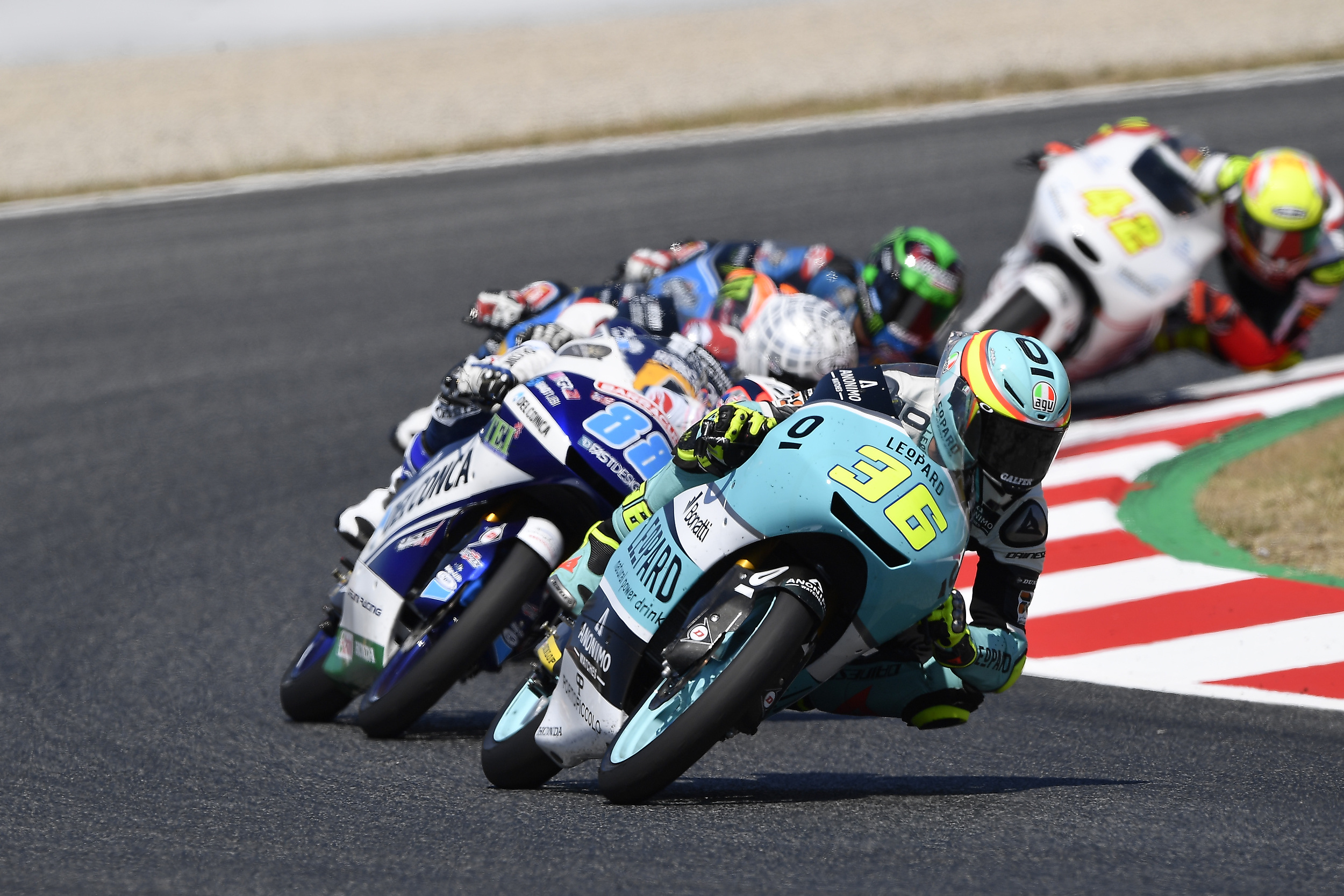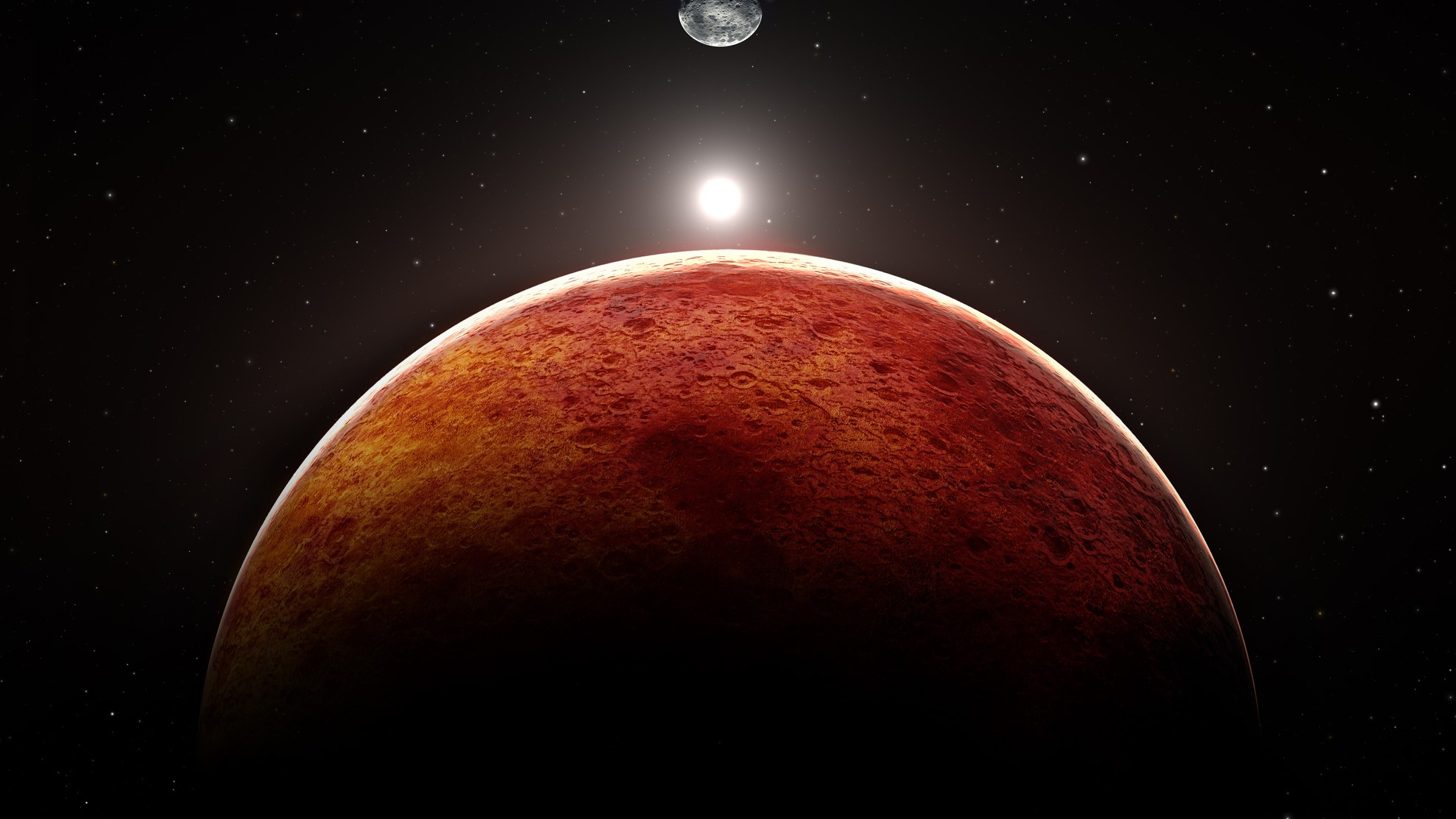We’ve teamed up with Dainese to shine a spotlight on luminaries from across the world of action sports and adventure – from big name athletes to epic events that showcase ambition and achievement that goes above and beyond the norm. There’s possibly no project better for demonstrating exactly that than Dainese’s endeavours into space suit design with MIT, who work with both the ESA and NASA. Here, we meet the man in charge of taking Dainese to the final frontier.
“The muscles become smaller, the bones become weaker, the joints become a bit wobbly, and what happens is that the spine actually elongates to such an extent that when astronauts come back to Earth they are taller by six or seven centimetres. That’s a lot.”
The man speaking is Marcello Bencini. Marcello is the Strategic Projects Manager at Dainese.
We’re not talking about the plot for the latest entry to the ‘Alien’ franchise. We’re talking about the realities of space travel – the cons of which are less publically known than the pros, though possibly even more intriguing.
For the past few years Marcello has been working at the forefront of a collaboration between Dainese and MIT (the Massachusetts Institute of Technology) to create the ‘SkinSuit’ for the ESA (European Space Agency).
The SkinSuit is a space suit designed to be worn inside the International Space Station to prevent the peculiar issue of spine lengthening in zero-gravity environments.
“Our task was to create a suit which could replicate exactly the effects of gravity on the astronaut while they were in space…”
It’s a collaboration which began after previous work between Dainese and MIT to produce the ‘BioSuit’ – a spacesuit designed specifically for NASA’s 2030 mission to Mars (which we’ll come back to later).
It’s also a collaboration which has been deemed a resounding success after the return of French astronaut Thomas Pesquet having worn the SkinSuit in space on a half-year mission.
“Astronauts run around the International Space Station however many times a day, and when when you spend six months doing that in a zero-gravity environment, without resistance, the human body can switch around,” Marcello says.
The vertebrae can expand and relax in a manner it would have otherwise been unable to do under the restraints of gravity, and astronauts in space grow several inches taller as a result.
